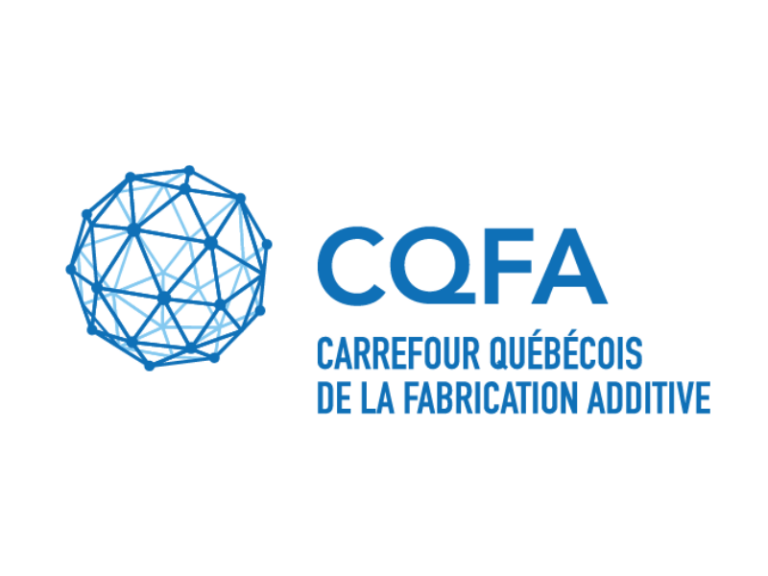
2023/02/08
Synthesis of vacancy-rich titania particles suitable for the additive manufacturing of ceramics
A. Benavides-Guerrero, J.; Gerlein, L.F.; Trudeau, C.; Banerjee, D.; Guo, X.; G. Cloutier, S. (2022). Synthesis of vacancy-rich titania particles suitable for the additive manufacturing of ceramics. Nature, Scientific Reports, volume 12, 15441 (2022).
In the last decades, titania (or TiO2) particles played a crucial role in the development of photo-catalysis and better environmentally-friendly energy-harvesting techniques. In this work, we engineer a new generation of TiO2 particles rich in oxygen vacancies using a modified sol–gel synthesis. By design, these vacancy-rich particles efficiently absorb visible light to allow carefully-controlled light-induced conversion to the anatase or rutile crystalline phases. FTIR and micro-Raman spectroscopy reveal the formation of oxygen vacancies during conversion and explain this unique laser-assisted crystallization mechanism. We achieve low-energy laser-assisted crystallization in ambient environment using a modified filament 3D printer equipped with a low-power laser printhead. Since the established high-temperature treatment necessary to convert to crystalline TiO2 is ill-suited to additive manufacturing platforms, this work removes a major fundamental hurdle and opens whole new vistas of possibilities towards the additive manufacturing of ceramics, including carefully-engineered crystalline TiO2 substrates with potential applications for new and better photo-catalysis, fuel cells and energy-harvesting technologies.